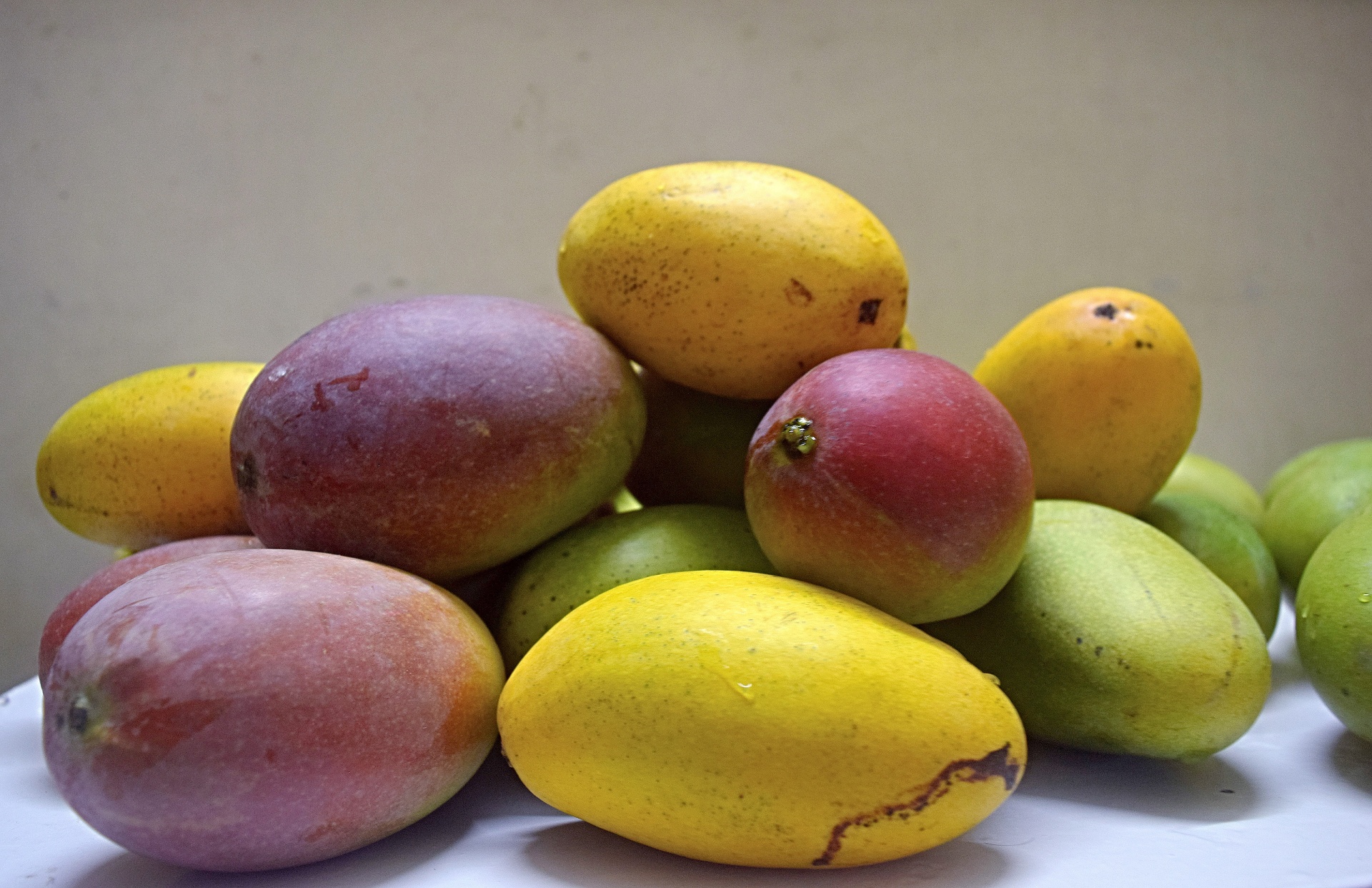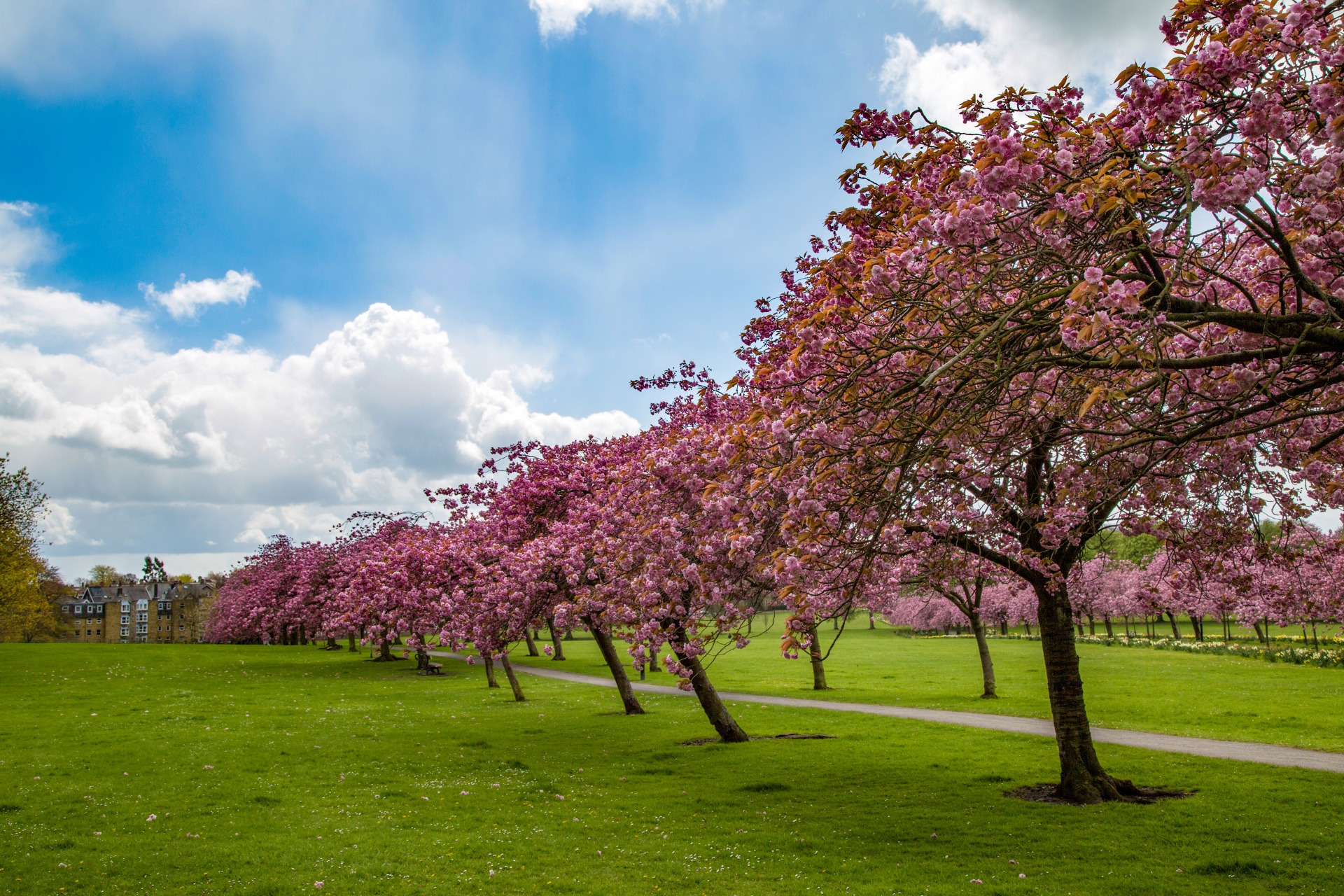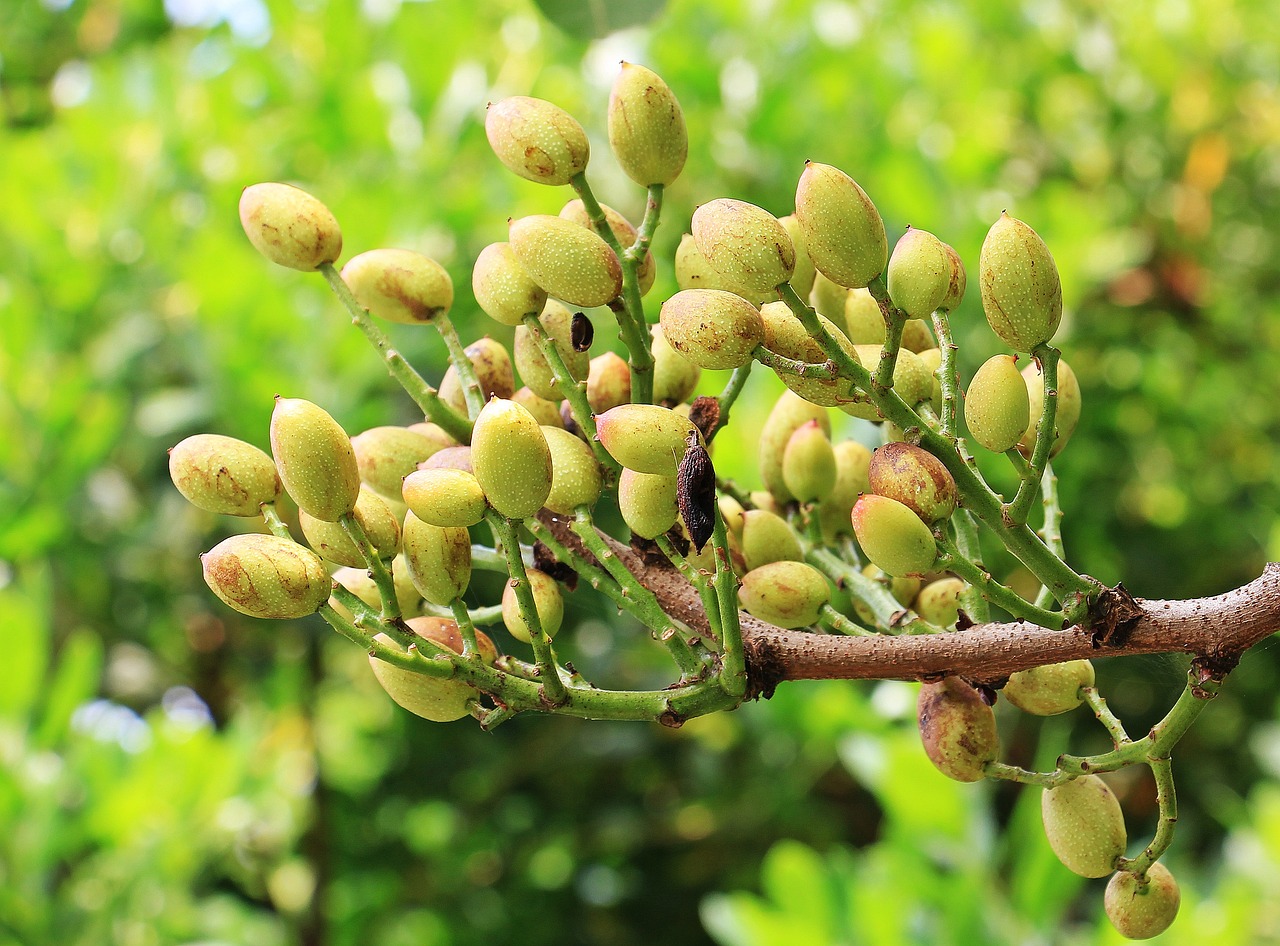
Growing Mango from Seed: A Guide to Cultivating Delicious Trees in Your Garden
Have you ever dreamt of plucking and enjoying fresh, juicy mangoes from your own backyard? Look no further! With this guide, you’ll learn how to grow a mango tree from a seed, and eventually bask in the delight of homegrown tropical goodness.
A Seed of Potential
Mangoes, known for their vibrant flavor and smooth, buttery texture, can be grown from the seeds found inside the fruit. While commercially grown mango trees are usually propagated through grafting or budding, growing them from seed is a rewarding and cost-effective option for home gardeners.
Step-by-Step Guide to Growing Mango from Seed
1. Obtain a Ripe Mango
Choose a fully ripe mango from the grocery store or local market. Look for a mango with a healthy, unblemished skin and a delicious aroma. Different mango varieties have varying flavors, so feel free to explore and find your favorite.
2. Remove the Seed
Carefully remove the seed from the mango fruit. Rinse off any remaining flesh to prevent mold growth. Take note that the seed may have a rough, woody coat around it.
3. Prepare the Seed for Planting
Dry the seed by placing it in a warm, dry location for a few days. Avoid exposing it to direct sunlight. Once dried, remove the woody coat by gently cracking it open using a blunt object, being careful not to damage the inner embryo.
4. Soak the Seed
To aid germination, soak the seed in water for 24-48 hours. Change the water every 8-12 hours. This step helps soften the seed coat and promotes successful sprouting.
5. Plant the Seed
Fill a pot with well-draining potting mix or a combination of peat moss and perlite. Make a small hole in the soil and place the seed with the pointed end facing downwards. Cover the seed with soil, leaving the top portion exposed.
6. Provide Optimal Growing Conditions
Place the pot in a warm location with indirect sunlight, such as a windowsill or patio. Mango trees thrive in temperatures above 70°F (21°C). Ensure the soil remains consistently moist but not waterlogged, as excessive moisture can lead to root rot.
7. Be Patient and Nurture
Germination can take anywhere from a couple of weeks to a couple of months. Once the seedling emerges, continue to provide it with warmth, sunlight, and regular watering. As it grows, gradually introduce it to more sunlight until it’s ready for outdoor planting.
8. Transplanting
When the seedling has grown to about 12-18 inches (30-45 cm) tall, transplant it into a larger pot or, preferably, a sunny spot in your garden. Mango trees prefer full sun and well-draining soil with a pH level between 5.5 and 7.5.
9. Pruning and Care
Prune the tree regularly to maintain its shape and encourage lateral branch growth. Water the tree deeply but infrequently, allowing the soil to dry slightly between waterings. Fertilize the tree every few months using a balanced fertilizer specifically formulated for fruit trees.
10. Harvest Your Mangoes
With proper care and patience, your mango tree will mature and bear fruit within three to six years. When the mangoes are fully mature and have a fruity aroma, gently pluck them from the tree. Enjoy the sweet rewards of your hard work!
Start Your Mango Journey Today
Growing mangoes from seed is a fascinating and rewarding endeavor that allows you to witness the miracle of nature firsthand. By following these steps, you can cultivate your own mango tree and savor the fruits of your labor in the years to come. Remember, gardening is a journey of patience, love, and continuous learning. Happy growing!
Keywords: growing mango from seed, cultivating mango trees, how to grow mangoes from seed, mango tree care, backyard gardening, homegrown mangoes
Keep Reading

Cherries Garden: How to Grow and Care for a Beautiful and Fruitful Tree
Are you a fan of cherries? Imagine having your very own cherry tree in your garden, filled with luscious fruits just waiting to be picked and enjoyed.

Growing Pistachio Trees in the Right Zone
Pistachio trees are a fantastic addition to any garden. Not only do they provide shade and beauty, but they also yield delicious, nutritious pistachio nuts. However, it's essential to know the right growing zone for these trees to thrive.